Today, prescription drug abuse is a severe problem across the United States, which has grown over the last decade. As more and more prescriptions are written, more and more people are exhibiting signs of prescription drug abuse. If you or someone close to you is showing symptoms of prescription drug abuse, it’s time to consider a rehab facility that can help provide initial detox, withdrawal management, and ongoing care.
Are Prescription Drugs Addictive?
Yes, prescription drugs are highly addictive. Most people don’t think about the addictive nature of the prescriptions they are given because, after all, prescriptions are given by some of the most trustworthy members of society: doctors.
You don’t think twice when a doctor prescribes something for pain management after open-heart surgery. You fill your prescription, and you follow the instructions.
Most doctors don’t emphasize the significant risks associated with certain prescriptions. At most, they might fill your prescription and add a piece of paper into the brown bag that lists prescription drug use symptoms and tells you to stop taking your medicine or talk to your doctor if you think you have an addiction. But most of that isn’t helpful. What is helpful is understanding which prescription drugs are commonly abused, what the signs are, and how to get help.
Which Prescription Drugs are Commonly Abused?
That said, it’s not likely that someone will become addicted to prescriptions like stool softeners. For each prescription drug, the symptoms for each might vary slightly. However, there are three main categories of prescription drugs that are typically abused.
Depressants:
Depressants slow down activity in your brain. There are plenty of legitimate reasons why you might be given a prescription for a depressant. People with severe anxiety might be given sleep medications or benzodiazepines. People who struggle with insomnia or narcolepsy are often given a prescription for depressants so that they can sleep.
Examples include Valium, Xanax, and Lunesta.
Opioids:
Opioids are designed to reduce pain. They don’t actually make the pain go away, but they block the pain signals sent between your body and brain. Opioids can be used to prevent pain signals from being sent during surgery. They can be used to sedate you before a medical procedure or to help you relieve pain after a medical procedure.
Examples include Morphine, Codeine, Vicodin, Oxycontin, and Percocet.
Stimulants:
Stimulants do the opposite of a depressant: they stimulate your brain activity and increase your attention. These are often prescribed for things like ADHD.
Examples include Adderall and Ritalin.
What are the Signs of Prescription Drug Abuse?
The signs of prescription drug abuse can include:
- Risky behavior.
- Neglecting personal or professional responsibilities.
- Legal trouble like driving while high or getting arrested for disorderly conduct.
Recognizing symptoms of prescription drug abuse in yourself or someone you loved can help you identify when it’s time to get treatment. There are behavioral, physical, and psychological signs of prescription drug abuse.
- Behavioral signs usually take the form of poor attendance at work or in school, maybe being late regularly, or simply not showing up.
- You might also see signs that might include secretive or suspicious behavior, like a family member suddenly hiding their activities, always locking their bedroom door, and never telling you where they are going.
- You might notice significant changes in sleeping patterns, physical appearance, or appetite. It’s quite common for someone struggling with addiction to stop caring about personal hygiene or to be awake at odd hours suddenly.
- Other prescription drug use symptoms include sudden mood swings, where you or your loved one seem irritable or angry for no reason and suddenly start accusing family members of far-fetched paranoid delusions or hallucinations.
- You might notice signs of unexplained paranoid behavior or anxiety. It’s quite common for someone who is suffering from drug addiction to wanting to keep all the curtains closed, peer out of the corner of the window at any sound, avoid answering the door, and always be worried that whenever someone comes or goes from the house, they will somehow get in trouble.
Are There Prescription Drug Treatment Centers in Northern California?
Prescription drug abuse is treatable. You can find many prescription drug treatment centers in Northern California. Marina Harbor is located in San Francisco and offers a seaside opioid addiction treatment center. Our facility is designed to keep you safe and comfortable with medically assisted prescription detox services and ongoing residential inpatient care. We emphasize Northern California holistic addiction therapy right alongside other evidence-based psychotherapy so that you can treat the mind and body as one.
Let Marina Harbor help you manage your signs of prescription drug abuse today. Contact us to learn more about our San Francisco addiction treatment programs.


